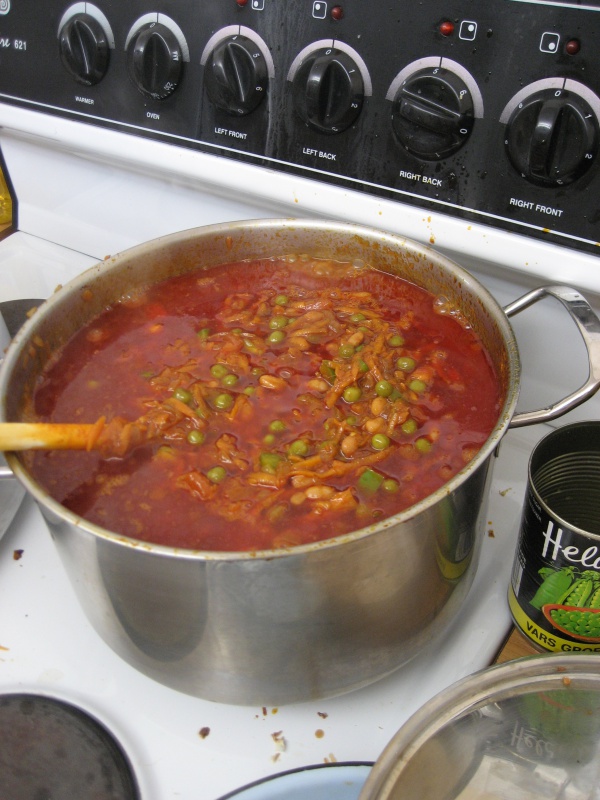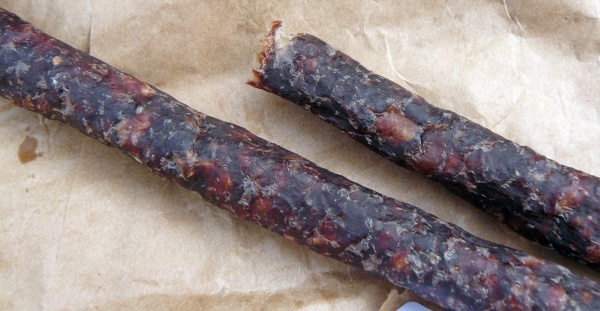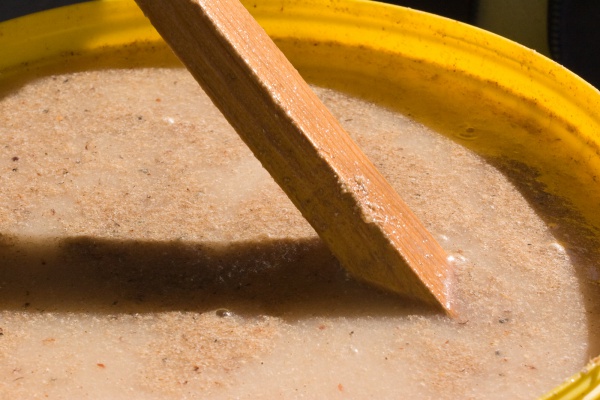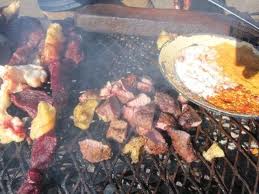
Food in Namibia
Taste of Namibia – Top Must-Try Dishes for Food Lovers
Namibia, a country of stark beauty and diverse cultures, offers a culinary journey as captivating as its landscapes. Visitors to this Southern African nation can expect to encounter a fusion of flavors influenced by indigenous traditions and colonial influences. From the hearty game meat dishes to the ocean's bounty along the Skeleton Coast, Namibia's cuisine provides a unique taste of the continent. Embark on a gastronomic adventure and discover the must-try dishes that embody the essence of Namibian flavors. Whether you're a food enthusiast or simply looking to savor local delights, this article will guide you through the culinary highlights of Namibia.
Namibian Dishes
Kapana
Kapana is an informal street food popular in Namibia, particularly in the Katutura township. It consists of grilled, spiced meat, often beef, which is typically served with pap (a type of maize porridge) or bread. Vendors usually cook kapana on open grills, and it's known for its smoky flavor. The experience of eating kapana is not just about the food but also about the vibrant atmosphere of the markets where it's sold.
Biltong
Biltong is a form of dried, cured meat that originated in South Africa but is also a staple snack in Namibia. Varieties of biltong include beef, game meats, and ostrich, seasoned with a mix of spices before being dried. It's a high-protein, low-fat snack that's perfect for on-the-go energy while exploring Namibia.
Potjiekos
Potjiekos, meaning "small-pot food," is a hearty stew traditionally cooked in a cast-iron pot over an open fire. This slow-cooked dish includes a variety of meats, vegetables, and occasionally fruits, which are layered and allowed to simmer for hours, resulting in a rich, flavorful meal. Each potjie is unique, with recipes passed down through generations.
Braaivleis
Braaivleis, or simply 'braai', is the Namibian version of a barbecue. It's not just a method of cooking but a social event. Various meats are seasoned and grilled over wood or charcoal. The ritual of braai brings families and friends together, especially on special occasions and weekends.
Game Meat
Namibia is well-known for its game reserves, and as a result, game meat is a common feature in local cuisine. Meats such as kudu, oryx, springbok, and warthog are served in various forms, from steaks and roasts to stews and sausages. Game meat is often praised for being leaner and more environmentally sustainable than traditional livestock.
Mopane Worms
Considered a delicacy and a valuable source of protein among many Namibians, mopane worms are actually caterpillars harvested from the mopane tree. They are typically dried or smoked and then rehydrated and cooked with onions, tomatoes, and spices, resulting in a unique and flavorful dish.
Fat Cakes (Vetkoek)
Fat cakes, known locally as vetkoek, are a popular snack or side dish in Namibia. These are deep-fried dough balls, often served with minced meat or as an accompaniment to soups and stews. Soft on the inside and crispy on the outside, they are a satisfying comfort food.
Namibian Desserts
Malva Pudding
This sweet, spongy apricot dessert of Dutch origin is a favorite in Namibia, especially during the colder months. Malva pudding is typically served warm with a creamy sauce poured over it, often accompanied by custard or ice cream.
Milktart (Melktert)
Milktart is a classic South African dessert that's also loved in Namibia. It consists of a sweet pastry crust filled with a creamy custard made from milk, flour, sugar, and eggs, and is usually sprinkled with cinnamon. This dessert is a staple at tea times and special occasions.
Koeksisters
Koeksisters are sweet, sticky, and braided pastries that are deep-fried and then soaked in a sugary syrup. This dessert is of Cape Malay origin and has a golden, crispy exterior and a soft, syrupy interior. It's a treat that offers a delightful contrast of textures and flavors.
Herero Bread
Herero bread is a type of sweet bread that is popular among the Herero people of Namibia. It's similar to brioche and is often flavored with lemon zest or cardamom. The bread is typically enjoyed with butter or jam and is a common feature at breakfast or tea time.




 Angola
Angola